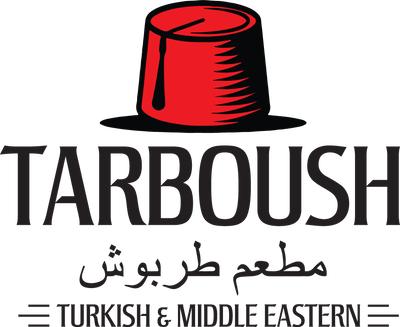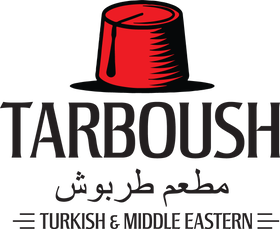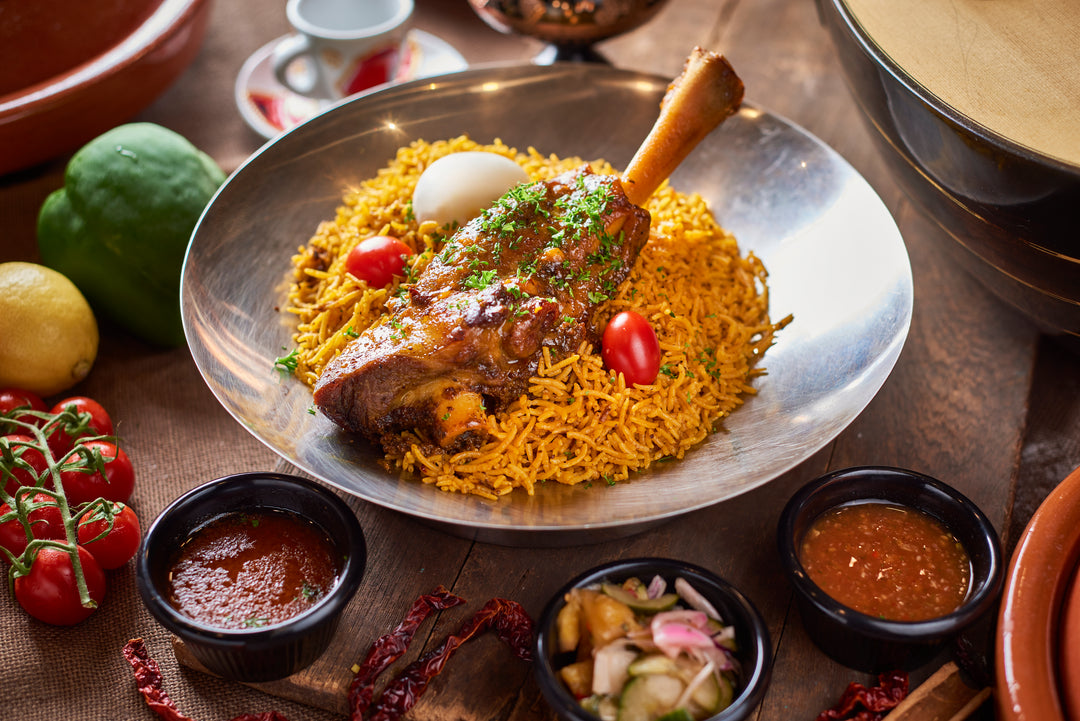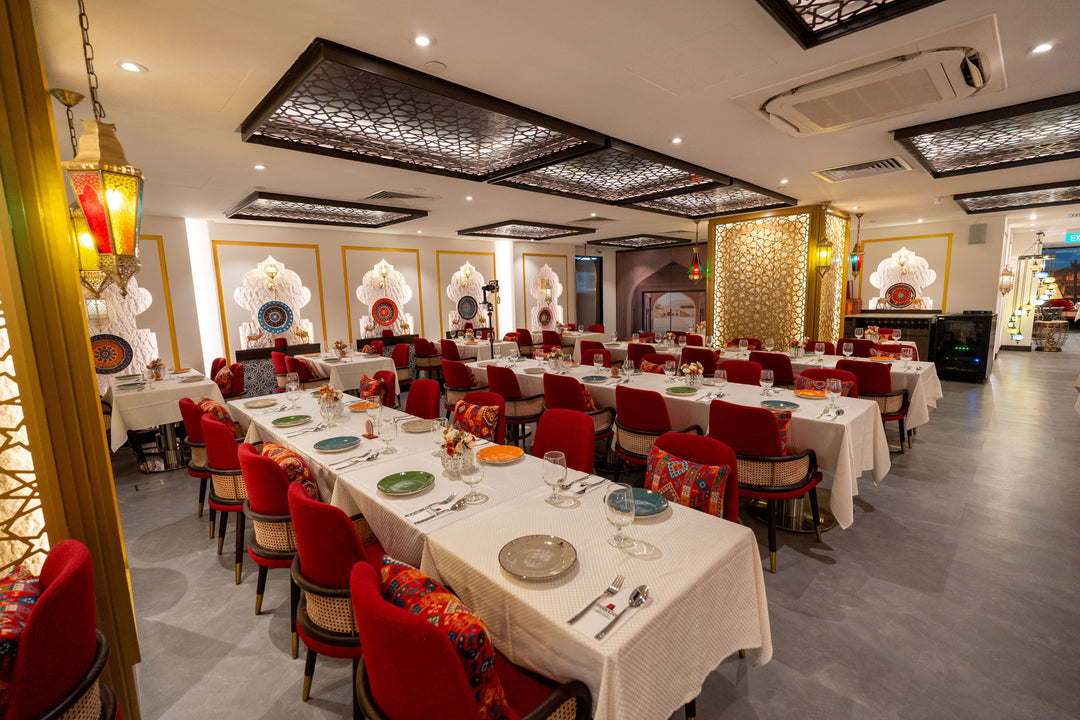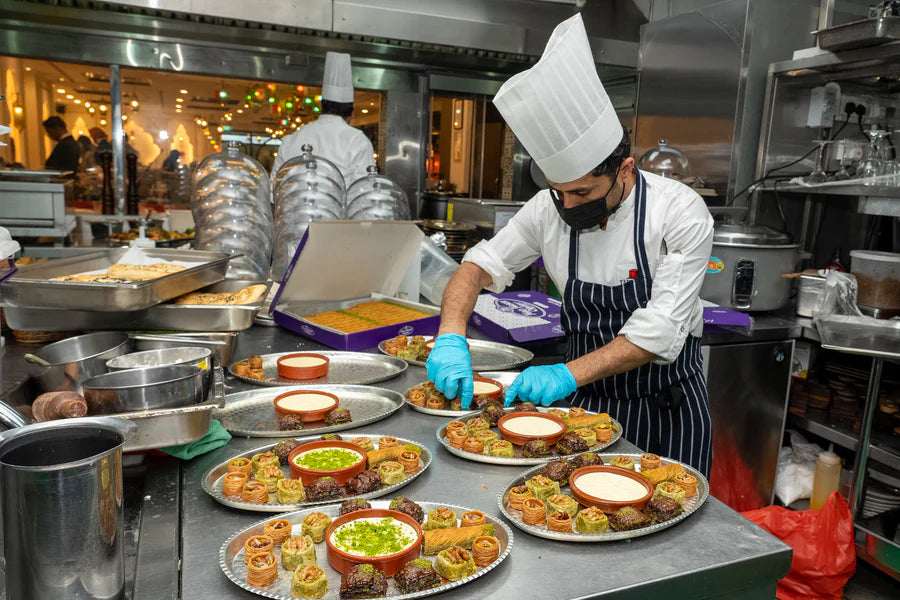The Art of Tea and Coffee in the Middle East
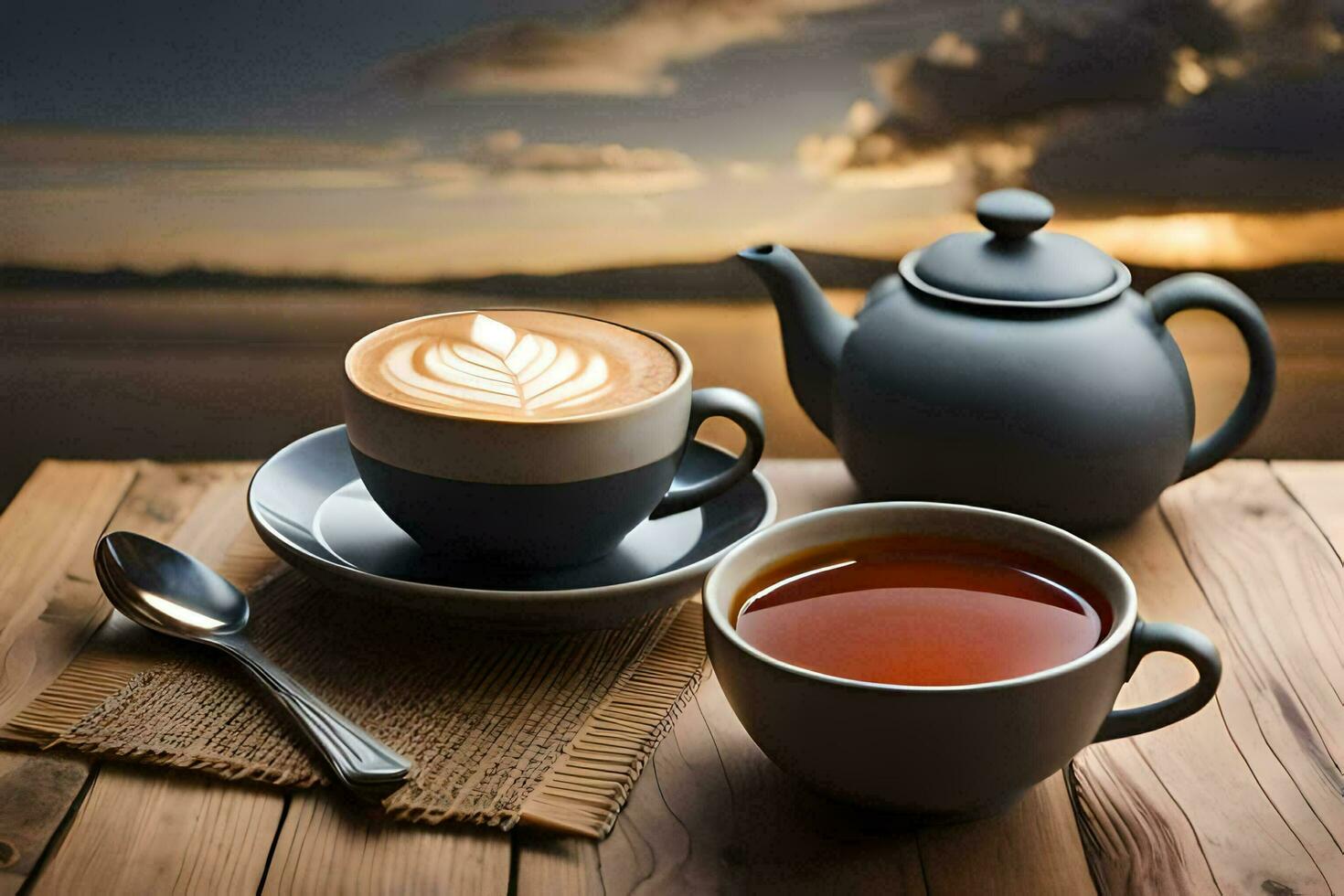
The Middle East has a rich and vibrant tradition of beverage culture, with tea and coffee occupying a central role in daily life and social interactions. These aromatic elixirs are more than just drinks; they are symbols of hospitality, culture, and relaxation. Let's embark on a journey through the world of Middle Eastern tea and coffee.
Tea: A Moment of Tranquility
Tea drinking is deeply ingrained in Middle Eastern culture, offering a moment of respite from the hustle and bustle of daily life. Whether shared among friends, family, or business associates, a cup of tea is a universal gesture of hospitality.
- Types of Tea: While black tea is the most common, a variety of teas have found their way into the region. Green tea, with its delicate flavor and health benefits, has gained popularity in recent years. Herbal infusions, such as mint and chamomile, are also enjoyed for their soothing properties.
- Brewing Techniques: The art of brewing the perfect cup of tea is a skill honed over generations. Traditional methods involve using a teapot and small glasses, allowing the tea leaves to steep for the desired strength. The addition of milk, sugar, or spices varies depending on personal preference and regional traditions.
- Tea Accompaniments: Tea is often enjoyed with sweet treats like baklava, dates, or honey cakes. In some regions, savory snacks like olives, nuts, or cheese are also paired with tea.
- Tea Ceremonies: The act of drinking tea is often accompanied by specific rituals and etiquette. In many cultures, tea is served with great care and attention to detail, reflecting the importance of hospitality.
Coffee: A Robust Elixir
Coffee is another cornerstone of Middle Eastern culture, offering a much-needed energy boost and a social gathering point. Known for its strong flavor and rich aroma, Middle Eastern coffee has a distinct character that sets it apart.
- Arabica or Robusta: The choice of coffee beans significantly impacts the flavor profile. Arabica beans are generally preferred for their complex taste, while robusta beans offer a bolder and more caffeinated experience.
- Roasting and Grinding: The art of roasting coffee beans is crucial in developing the desired flavor profile. Traditionally, coffee beans were roasted in small batches over hot sand. Today, modern roasting methods are used to achieve consistent results. Grinding the beans fresh before brewing is essential for optimal flavor extraction.
- Brewing Methods: Turkish coffee, a thick and strong brew, is perhaps the most famous method. It involves finely ground coffee boiled in a cezve (pot) and served in small cups. Arabic coffee, similar to Turkish coffee but often flavored with cardamom, is another popular choice.
- Coffeehouse Culture: Coffeehouses have been a gathering place for intellectuals, poets, and socialites for centuries. They serve as hubs of social interaction and cultural exchange.
Sweetenings and Flavorings
The addition of sweeteners and flavorings elevates the taste of both tea and coffee, creating a personalized experience.
- Sweeteners: Honey, date syrup, and sugar are commonly used to sweeten tea and coffee. These natural sweeteners offer a unique flavor profile compared to refined sugar.
- Spices: Cardamom is the quintessential spice for both tea and coffee in the Middle East. Its warm and aromatic notes enhance the flavor of the beverage. Cinnamon, cloves, and saffron are also used to create complex flavor profiles.
- Milk and Cream: While traditionally served black, tea and coffee can be enjoyed with milk or cream, depending on personal preference.
Tea and Coffee in Middle Eastern Hospitality
Offering guests a cup of tea or coffee is a fundamental aspect of Middle Eastern hospitality. It is a gesture of welcome, friendship, and respect. The act of sharing a beverage creates a sense of connection and fosters social bonds.
- Tea Time Traditions: In many Middle Eastern cultures, afternoon tea is a cherished tradition. It's a time to relax, socialize, and enjoy the company of others.
- Coffeehouse Culture: Coffeehouses have played a vital role in the intellectual and cultural life of the Middle East for centuries. They serve as meeting places for poets, philosophers, and musicians, fostering creativity and stimulating conversation.
- Celebrations and Rituals: Tea and coffee are integral to various celebrations and rituals. From weddings and births to religious holidays, these beverages are shared to mark significant life events.
The world of Middle Eastern tea and coffee is rich and diverse, offering a tapestry of flavors, aromas, and cultural significance. By exploring the different types of tea and coffee, brewing methods, and accompanying traditions, you can deepen your appreciation for these beloved beverages.
